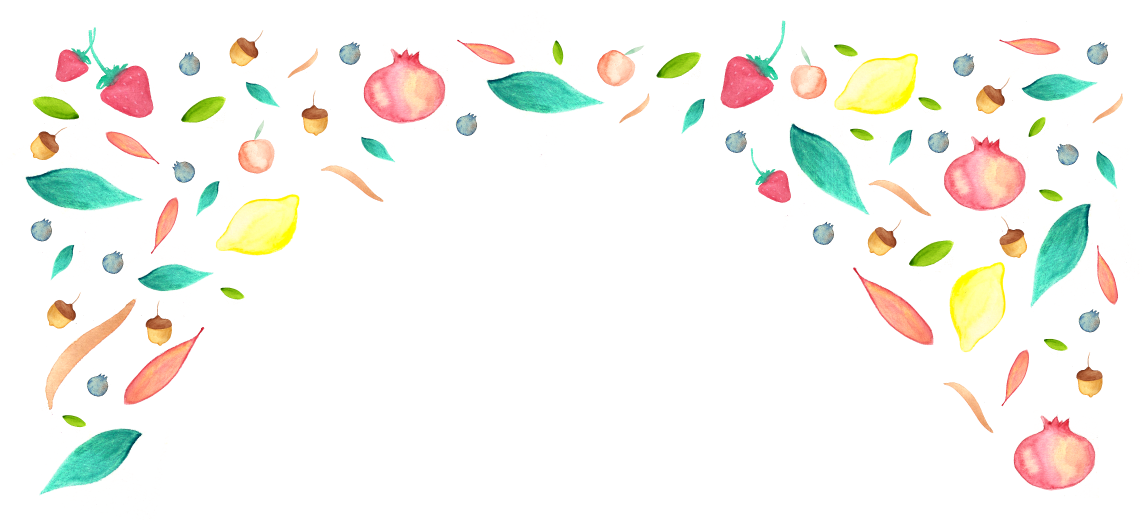


This year, for the first time, we have hives in Quinta da Bouça!
The vital role of bees in the pollination process is widely recognized. It is also known that hives are incredibly organized colonies with very well defined levels of hierarchy and functions.
Our Apiary now has a colonial herd of 4 hives.
We’re sure that they’re well located here, given that the natural habitat of these pollinators needs crops, flower seedlings, orchards and shrubs, flowering meadows and well-kept vegetation.
We expect to produce honey, of course. Until then, we’re watching the whole process of adaptation of these bees in their new hives.
Between combs and honeycomb wax, Queen-bee posture and nuptial flight, unfolding colonies, honey and royal jelly … we’ll keep you informed and try to explain a lot more about this incredible world of bees!
SOME CURIOUS FACTS
* In each of our hives live about 2500 bees.
* Worker-bees live up to 21 days.
* The Queen-bee can live up to about 5 years. The last years of her “reign” won’t be so productive.
* Queen-bees are painted on the chest with a certain color (agreed upon by Beekeepers) according to the year of birth so they can be identified more easily, as well as their age.
* Honey is produced through nectar collected from flowers by the bees.
* Pollination by bees happens unintentionally. During the flight of the bees between the flowers and the hives, the pollen follows in its legs and body, being thus transported and scattered; which allows the fertilization of the flowers and greater fruit production.
* Apis means “bee” in Latin, hence the name Apiculture (or Beekeeping).